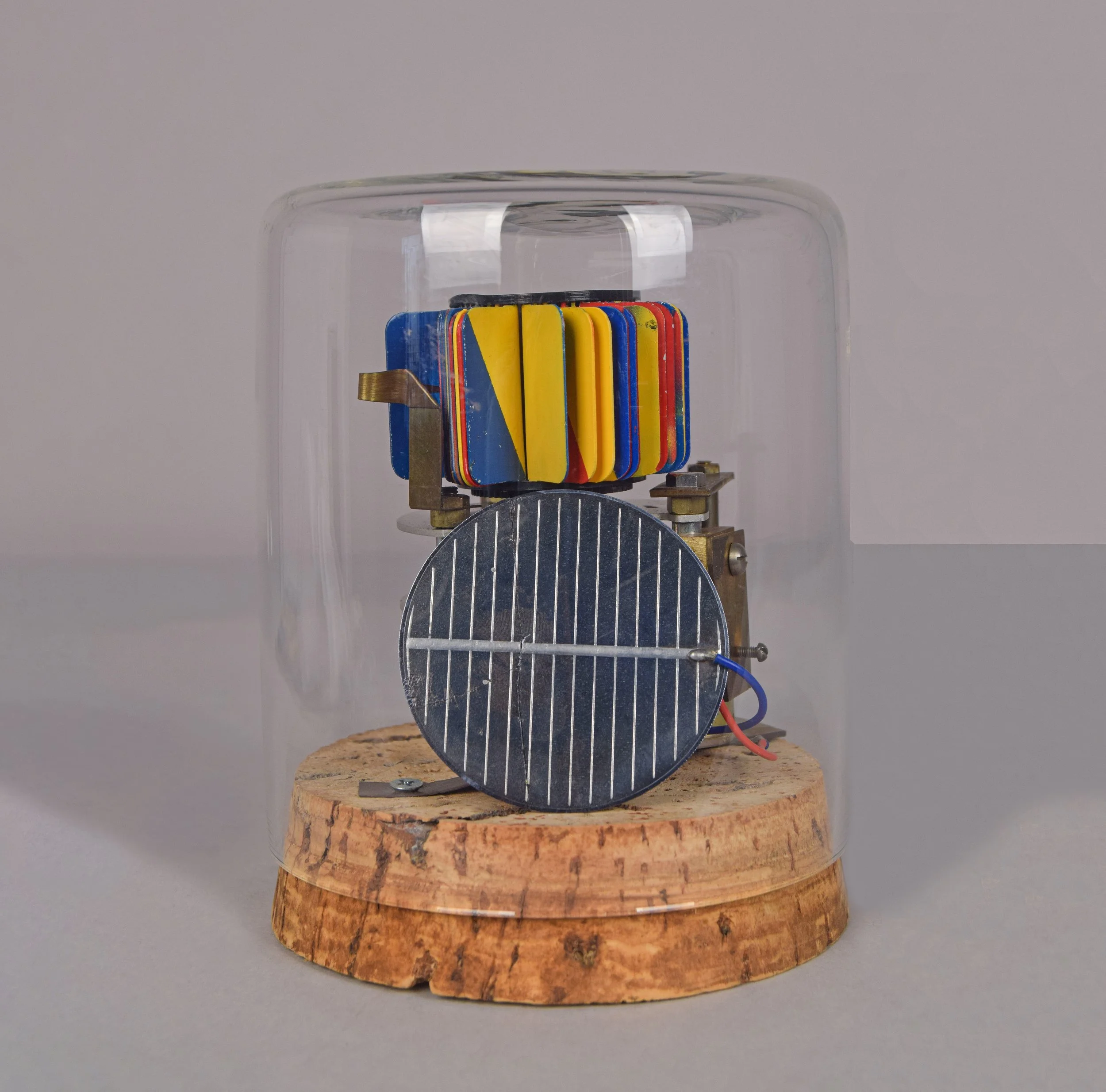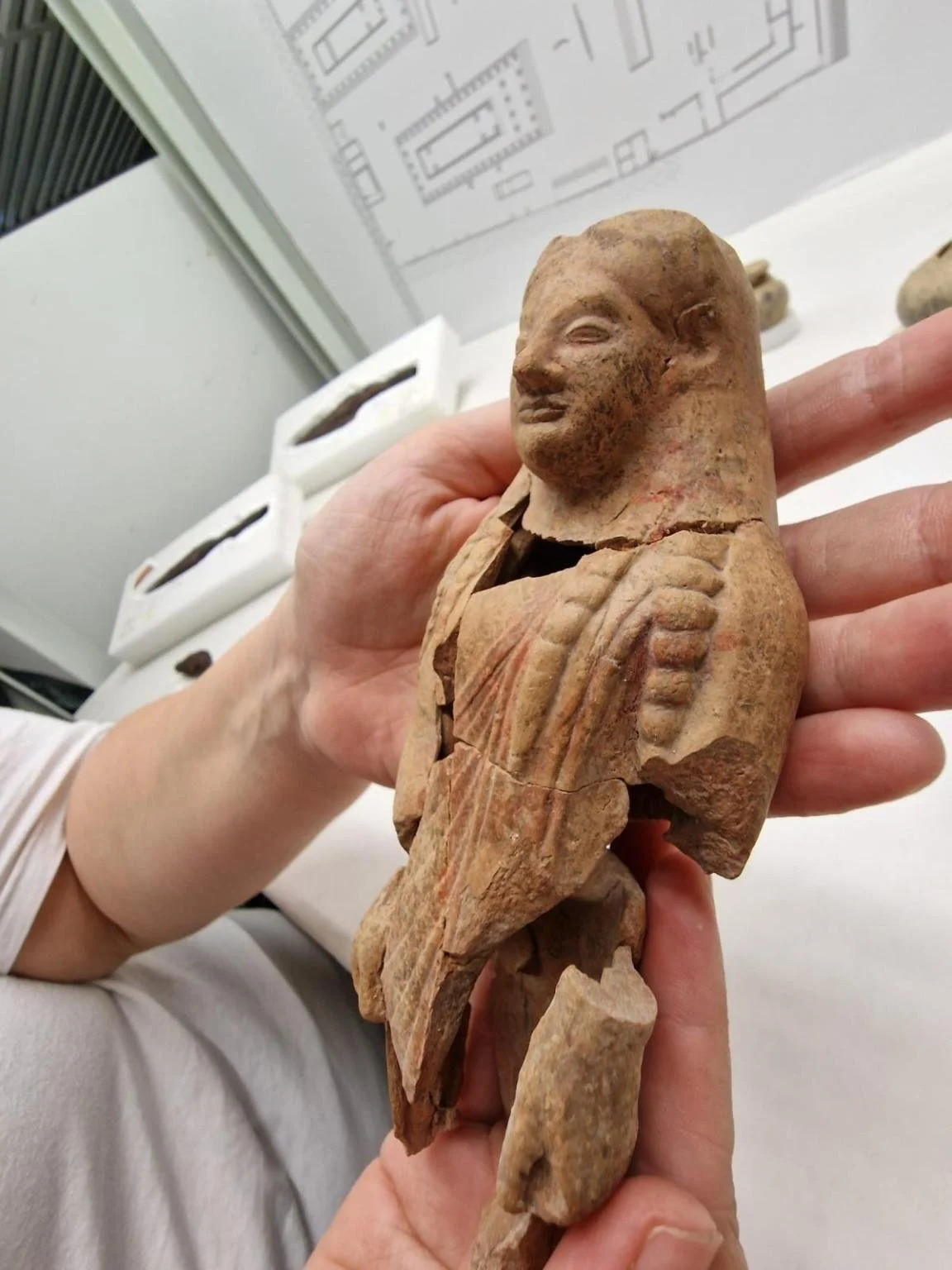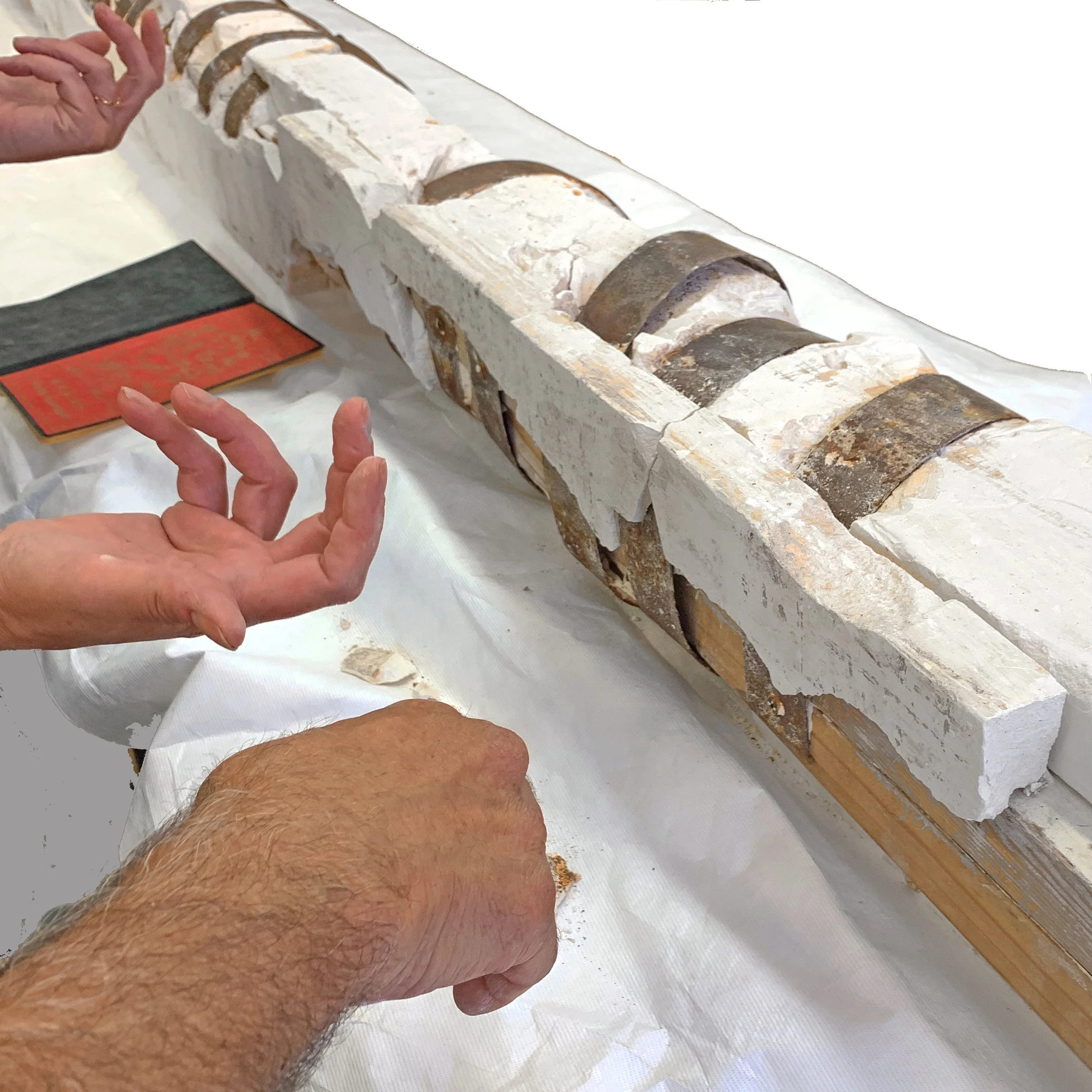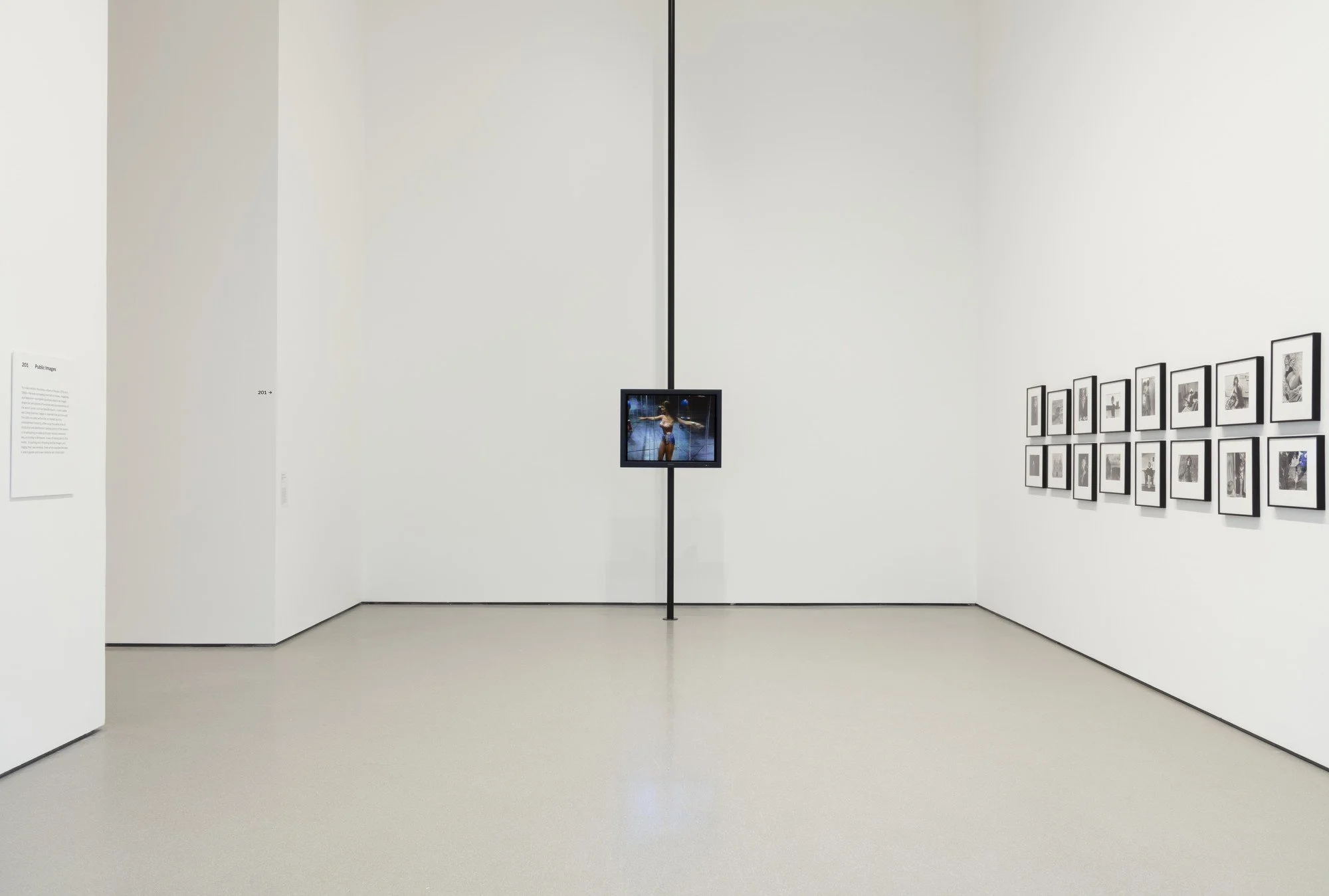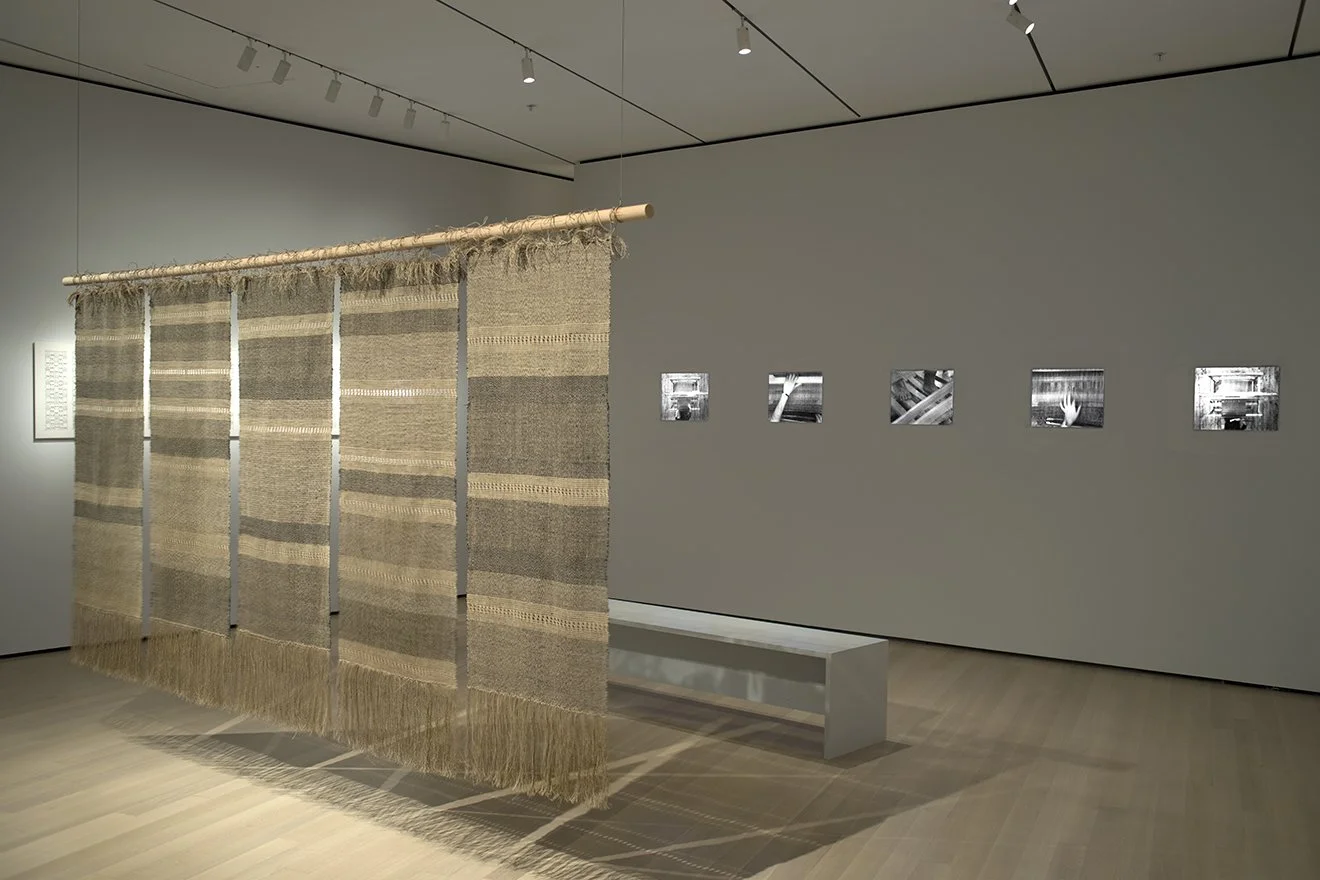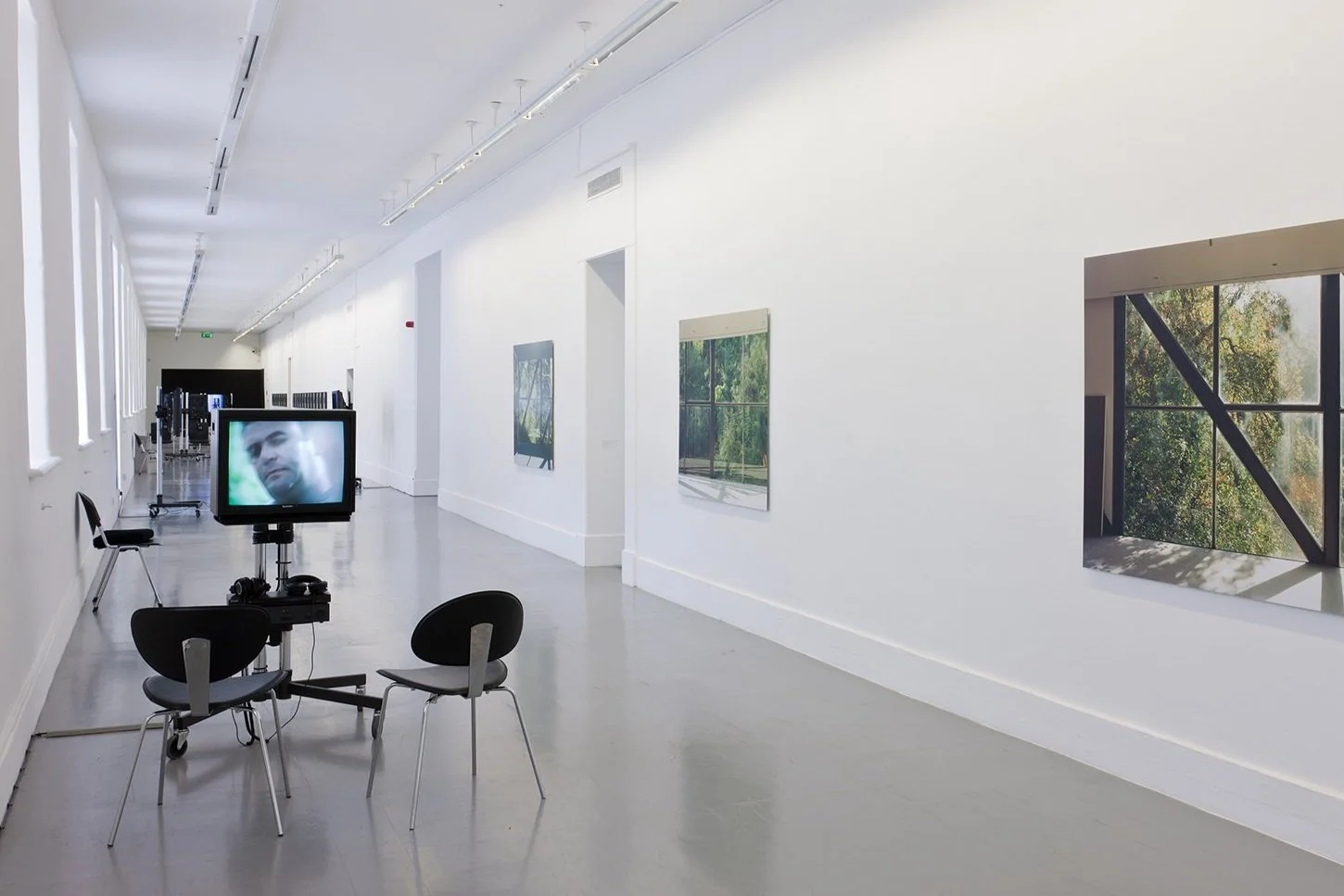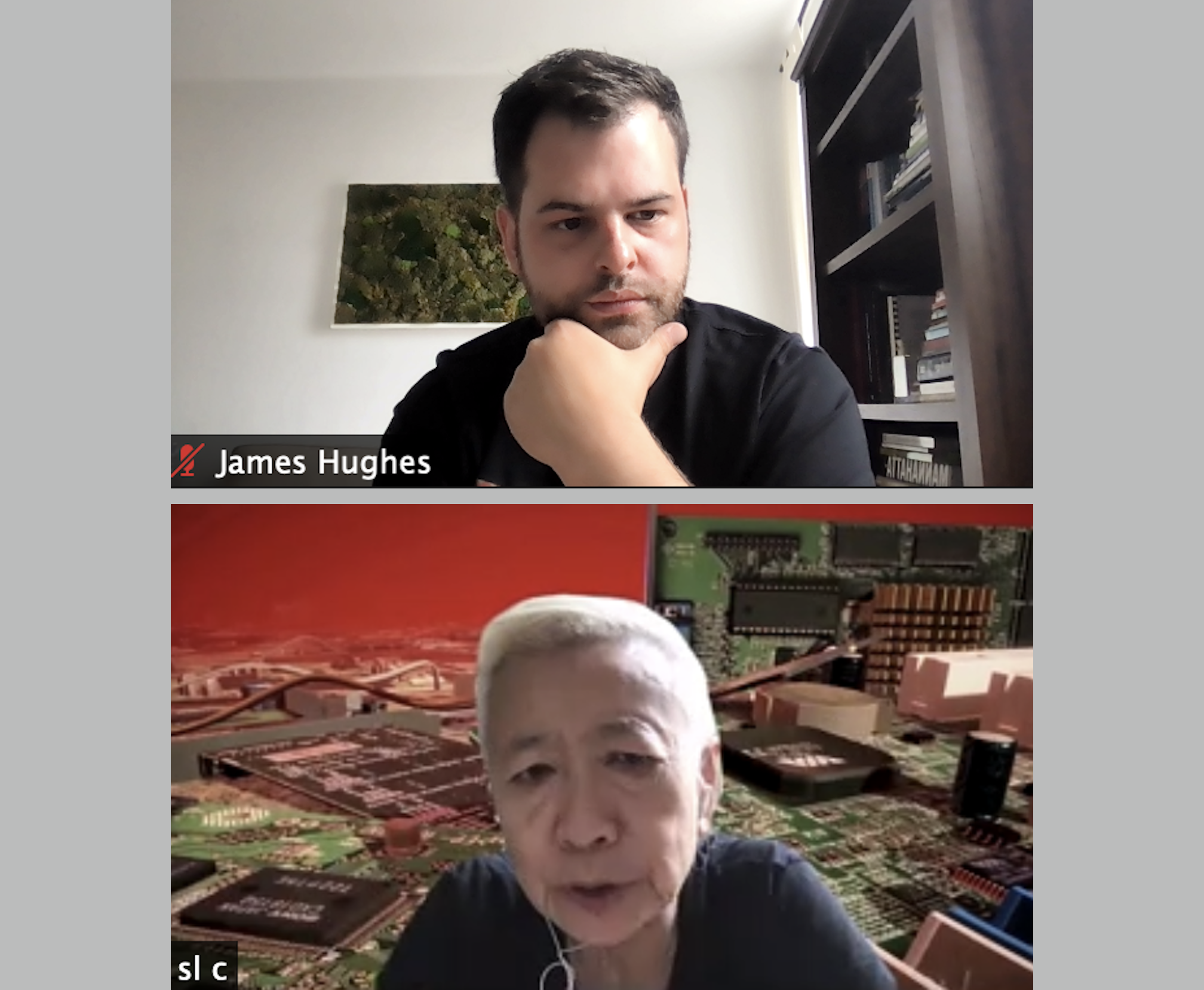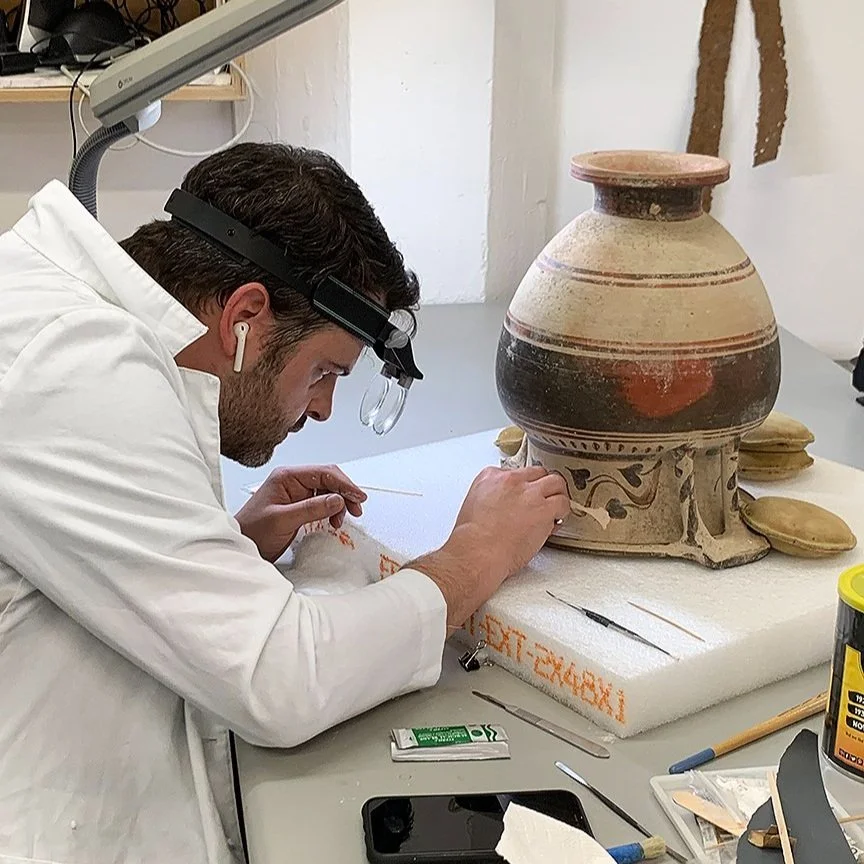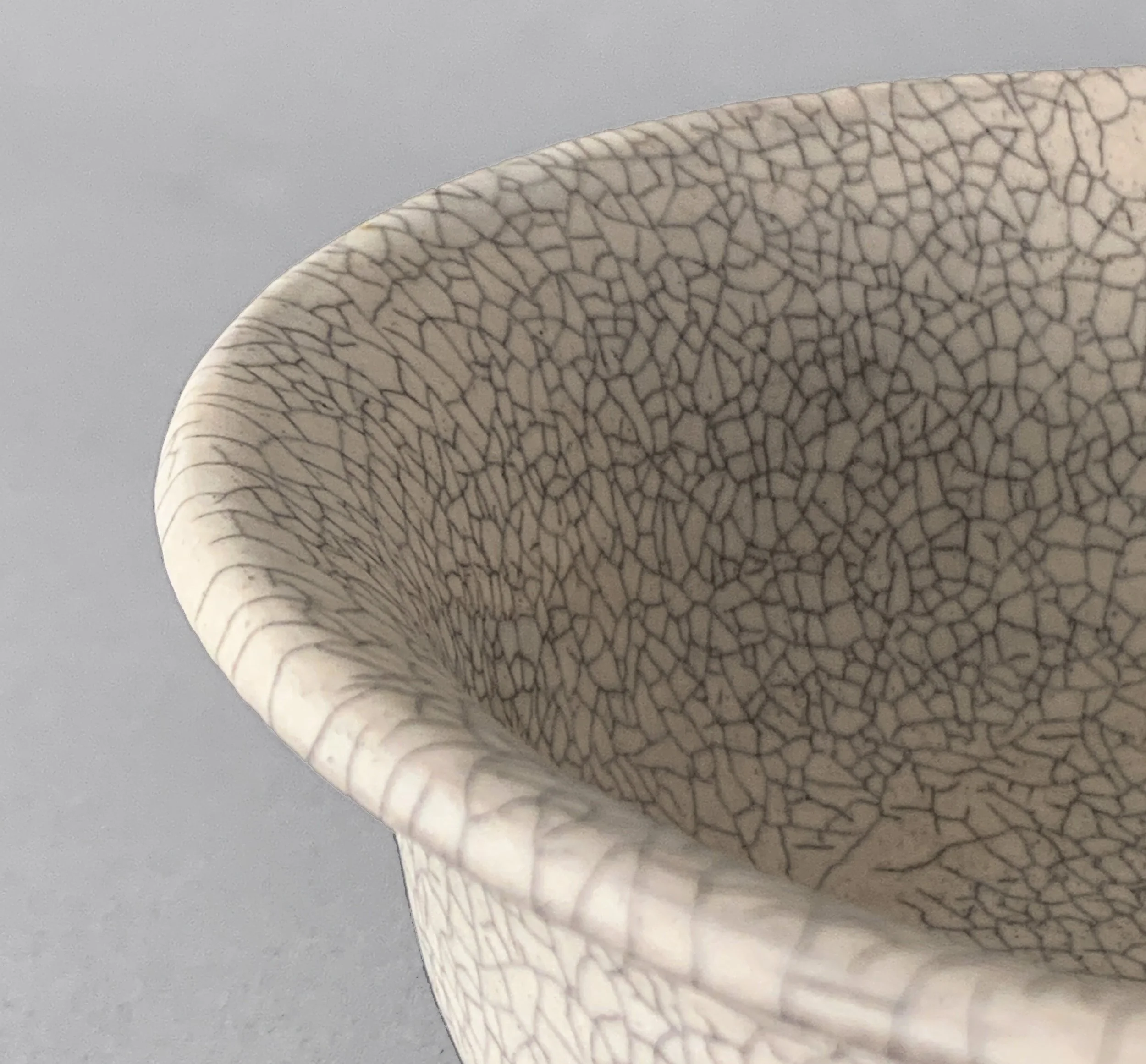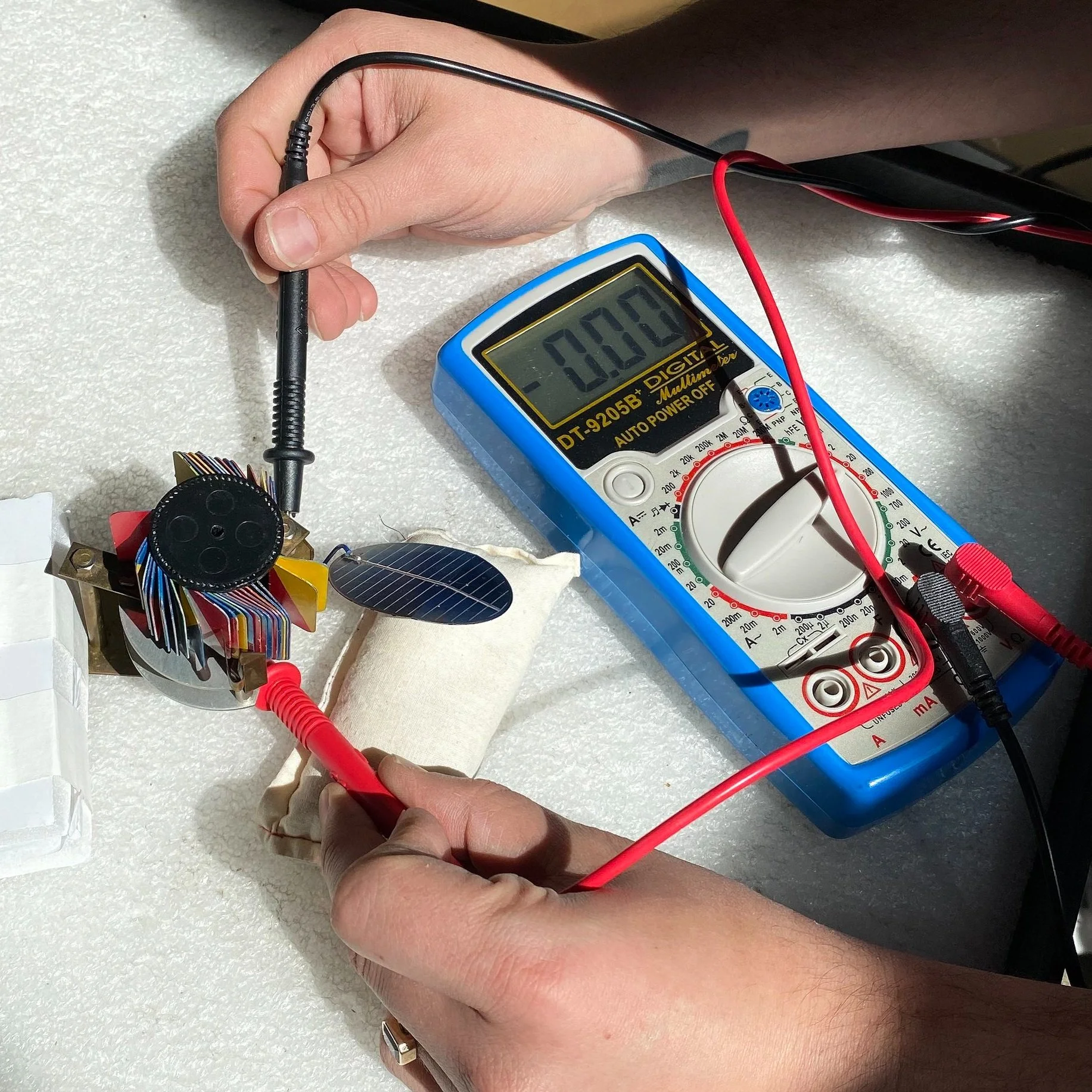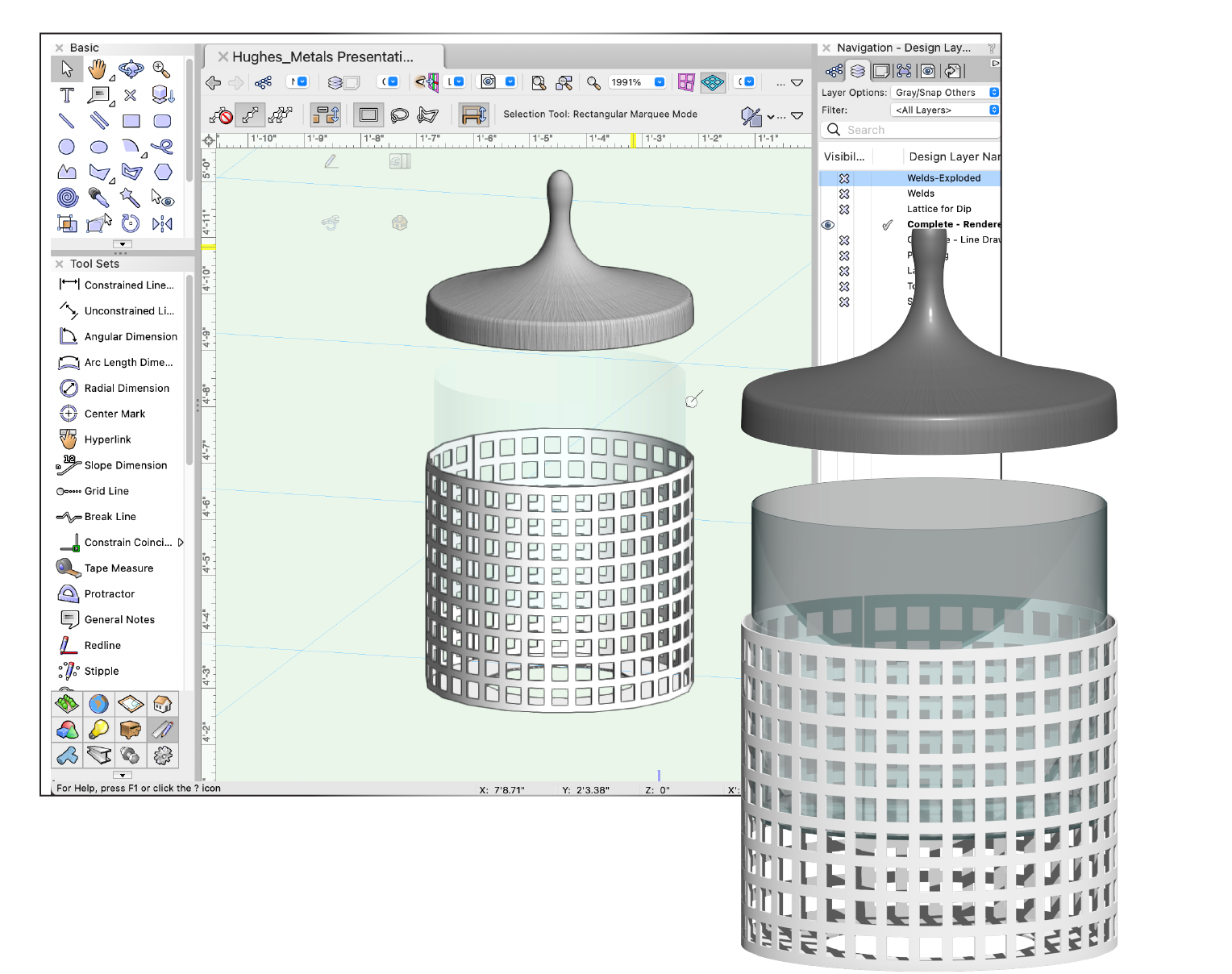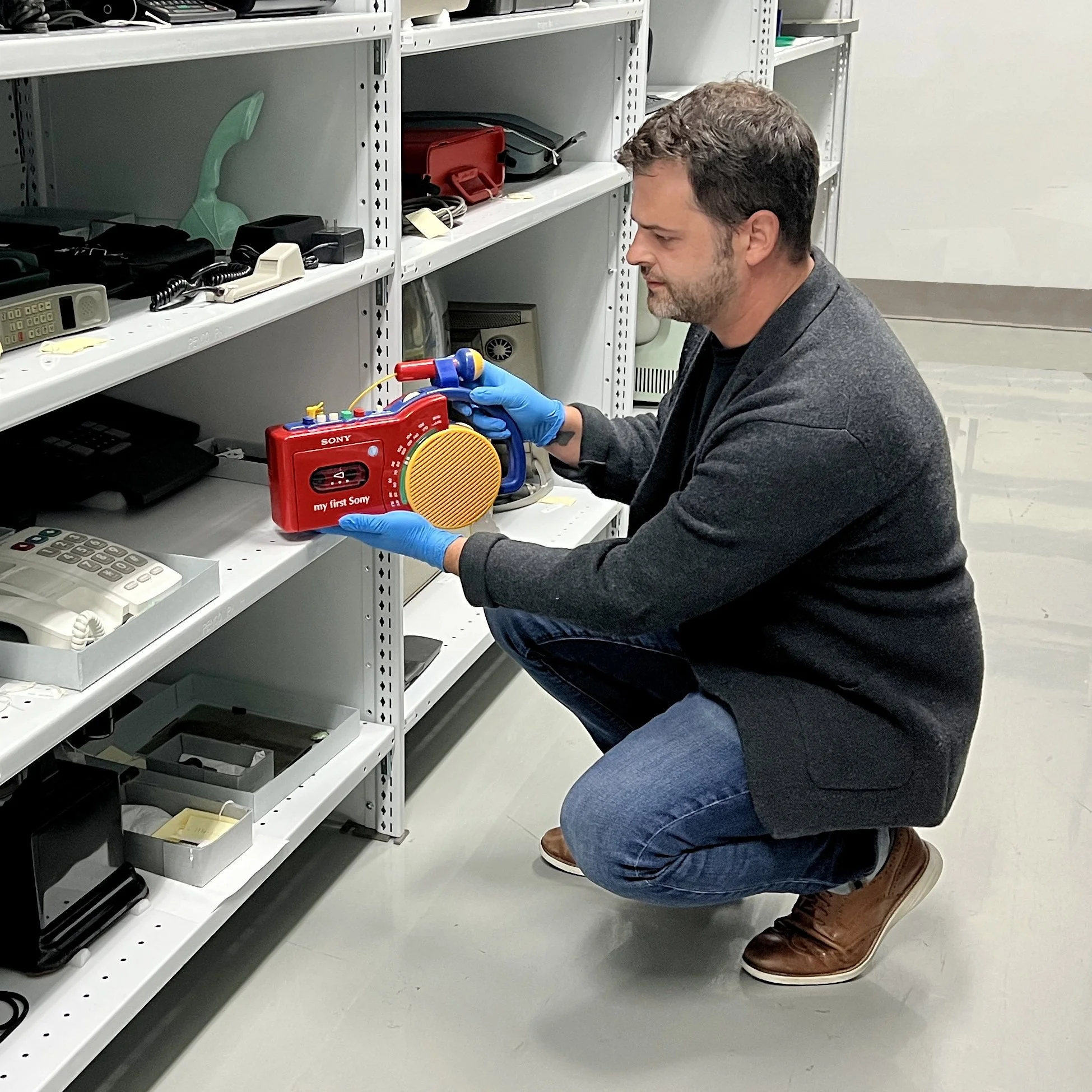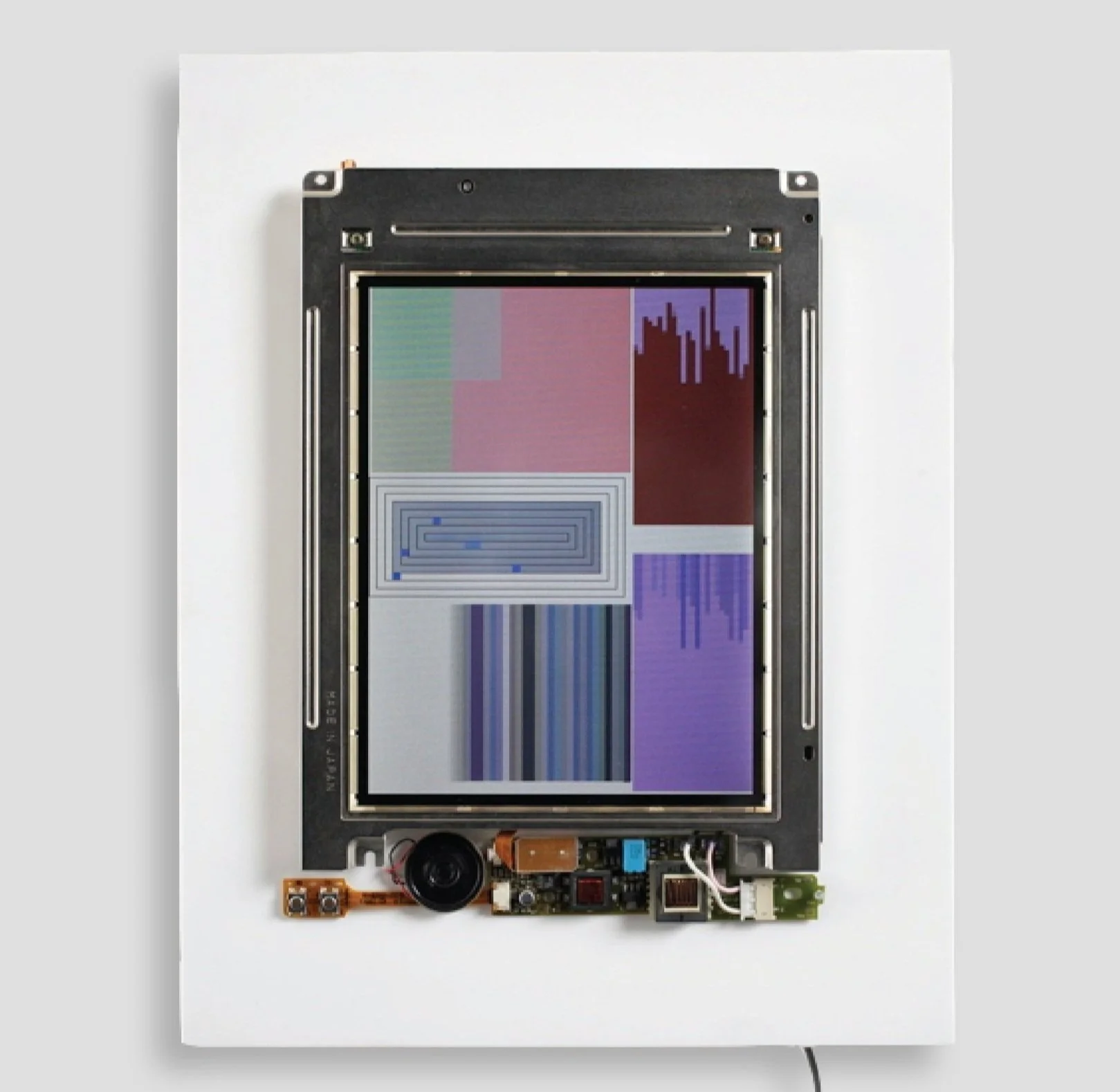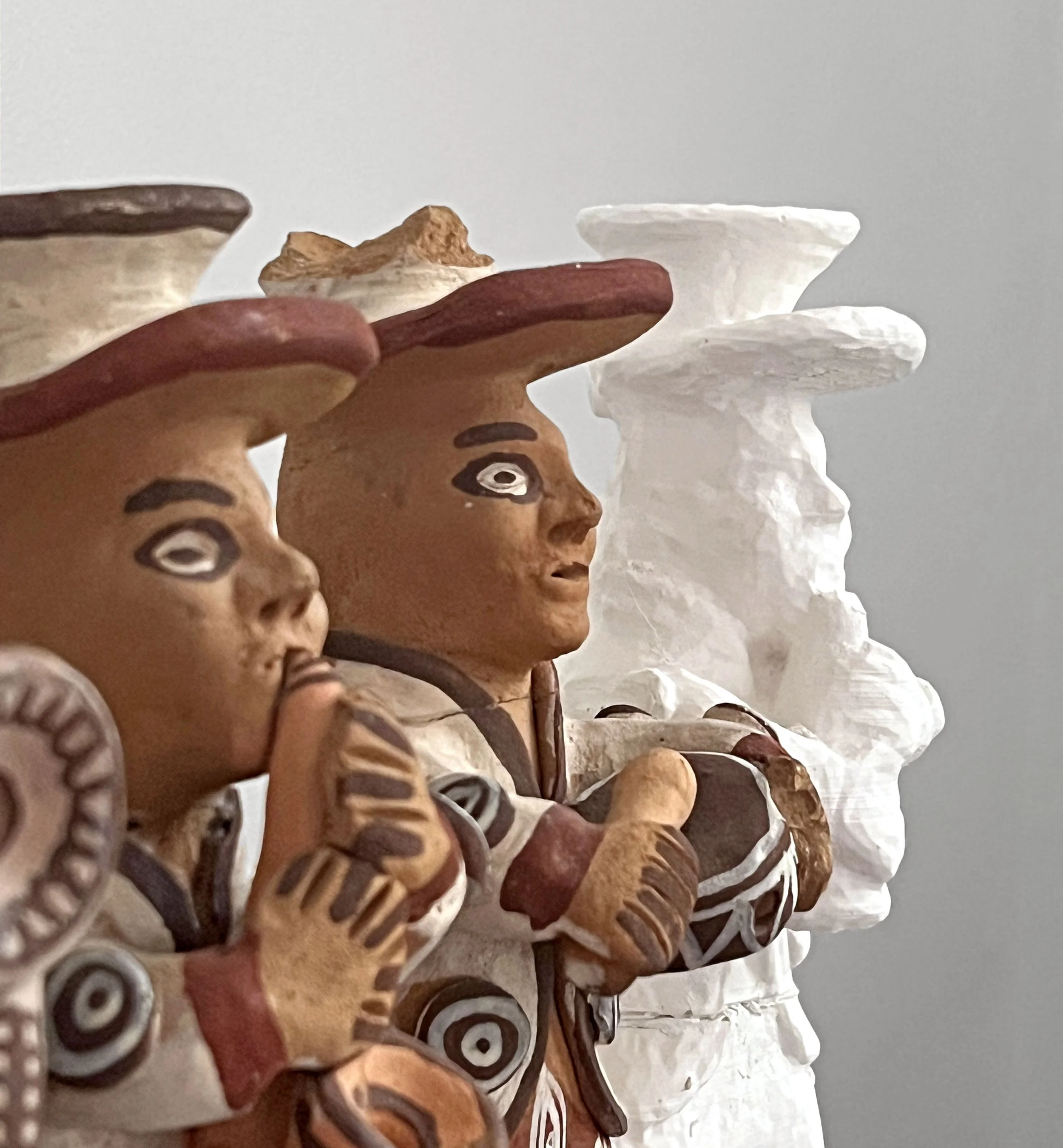Sifting through a box of broken parts, the only indication that this artwork ever moved was a solar panel and small motor. Archival images and collaboration with local artists and fabricators gave the work new life.
TREATMENTS
I have experience treating a variety of archeological materials, including glass, ceramic, metals, polychromy, and stone. In 2023, I was a student conservator at Selinunte, an ancient Greek city on the southwest coast of Sicily.
Successfully reintegrating this sculpture from the 1990s meant understanding the physical properties of three materials with wildly different weathering properties and corrosion tendencies.
A neon sculpture from the 1960s by the American artist Keith Sonnier had, at some point since its acquisition by NYU’s Grey Art Gallery, suffered an irreparable break to its tubes. What followed was a complete restoration.
Archaeological Conservation
When Kinetics Become Relics
CONSERVATION DOCUMENTATION
Dara Birnbaum
Wonder Woman (1978-79)
Beryl Korot
Text and Commentary (1976-77)
ADDITIONAL SKILLS
Documenting the most recent installation of Dara Birnbaum’s iconic Wonder Woman film at The Museum of Modern Art.
Creating an extensive record of a five-channel video installation from the 1970s by the pioneering video artist Beryl Korot.
Providing the Irish Museum of Modern Art with documentation for an iterative multi-channel video and furniture installation.
Gerard Byrne
New Sexual Lifestyles (2003)
Project Management
More than 8 years of experience working as a project manager before entering graduate school taught me the importance of viewing projects holistically and honing in on details where appropriate.
Artist Interviews
Taking the time to Interview living artists is, to me, one of the great joys of contemporary art conservation. I’ve had the opportunity to interview several artists and have participated in a workshop led by VoCA (Voices in Contemporary Art), an organization which focuses on the skills necessary to conduct effective dialogue with artists and identify their intent.
Private & Institutional Experience
Digital Photography & Video
Studio Art Background
Exposure to the realms of both private and institutional conservation has given me an understanding of how budgets, project management, and outside collaboration can guide treatment strategies.
My foundation in digital photography and video lies in the photographic standards and references prescribed by the AIC. Click here for a short film I made about an object I acquired from a relative. Rights are not secured for all images, so please do not distribute in any way.
I’ve taken studio art classes my whole life. I attended The New Orleans Center for Creative Arts (NOCCA), a multidisciplinary arts high school, before majoring in industrial design and fabrication in college.
Plaster, Metal, and Wood - Oh, my!
Sonnier, Today
Physical Computing
Variable Media Experience
CAD Proficiency
Knowing the basics of soldering and how electricity interacts with circuits, breadboards, and custom code has allowed me to treat modern sculptures with electric or moving parts with more confidence.
Images, L to R: The Whitney Museum of American Art (Color Panel),
The Museum of Modern Art (MoMA), Irish Museum of Modern Art (IMMA), MoMA.
Studying the ways time-based media artworks are conserved has deepened my understanding of variable forms of art media, from film to web-based artworks.
Over a decade of experience working with CAD (“computer aided design”) programs like AutoCAD, VectorWorks, Blender, and Rhino has given me a significant edge in many important areas of contemporary art conservation, from making scaled floorplans to the use of laser cutting and CNC routing for the fabrication of replacement components.
John F. Simon Jr.
Color Panel v1.0 (1999)
Analyzing, documenting, and activating The Brooklyn Museum’s edition of Color Panel v1.0 brought its condition and vibrancy to light.
The multidisciplinary nature of installing Sarah Sze’s Timekeeper, a complex mixed-media work which uses 46 projectors, was an invaluable experience in mounting a complex installation in a large institution.
A glass bird produced in Venice arrived at the conservation studio with a loss at the tip of its beak. Restoring the object meant extensive experimentation with molds, dyes, and epoxies to create a replacement beak tip.
A pair of ceramic candelabra had been broken and repaired by family members over the last 50 years. Reconstructing the missing bandmate and bringing symmetry to the pair once again was an education in the process of 3D printing.
Plastics at the Smithsonian
From Break to Beak
Experimenting with 3D Printed Fills
The multidisciplinary nature of installing Sarah Sze’s Timekeeper, a complex mixed-media work which uses 46 projectors, was an invaluable experience in mounting a complex installation in a large institution.

